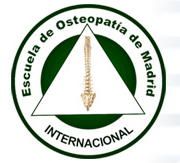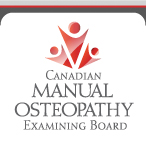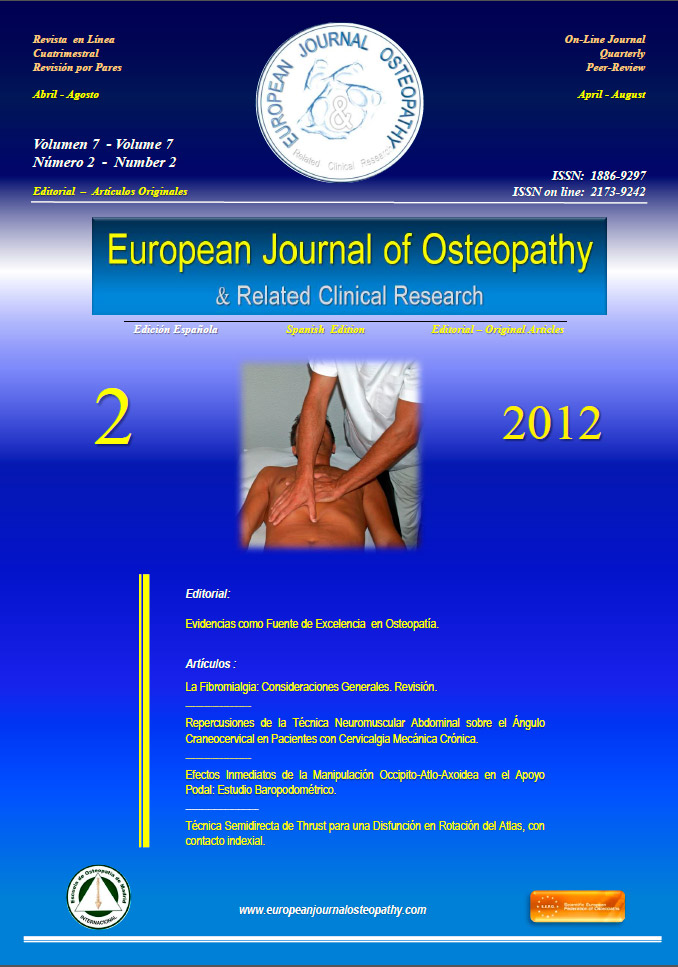By Mary Susan Chen, GCFP
“Oh no! I’ll miss Melissa’s first communion! I’ve never broken a bone before. Now at my age, I’ll be in a cast!”
All of this flashed through my mind in the split second of being in mid-air after slipping out of the shower. I had been in a hurry and hadn’t placed the bath mat on the floor. I landed on my backside and paused, waiting for the intense pain of a broken tailbone, wrist, lower leg, or back. To my surprise, I felt nothing! I regained my breath and carefully got up on my feet. I could hardly believe my good fortune. I wasn’t hurt. I didn’t feel bruised. Nothing was twisted, nothing sprained.
Surely the pain would come soon. Surely I would find a bruise later or begin to hurt sometime during the first communion mass. Instead I spent the whole day celebrating with my family. I barely even thought about the fall, except to wonder, “How did I get so lucky? I was sure I was heading for the ER.”
Later, thinking back on my fall, I realized I’d heard this story before. My Feldenkrais® students have reported almost identical incidents. And each time, they told the story in disbelief.
Dominic came to me to smooth out his violin playing. He had recently joined a trio and wanted to improve the quality of his performance. He came to the office for private Functional Integration® lessons. Then, during a summer trip to Cape Cod, he was descending the narrow winding cast-iron staircase of an old train car converted into a restaurant. His young daughter was with him and he was worried she might fall.
All of a sudden Dominic tumbled the whole length of the staircase. Everyone in the restaurant jumped out of their seats to help, ready to call the paramedics. Surprisingly, Dominic came right to his feet, brushed himself off, smiled and went about his evening. The other diners were shocked. Even Dominic was looking for the bruises later that week.
“How was I not injured? It’s got to be the Feldenkrais Method® of somatic education.” Dominic knew he was able to respond to life more spontaneously, thus able to roll with the fall and not tighten up and resist.
Sheila had been attending Awareness Through Movement® classes for about six months. One night in January, she announced that she had almost NOT made it to class that evening. She calmly told the story of her icy back steps, losing her balance as she exited the house, landing flat on her rump, ready to scream for help, praying that a neighbor would hear. However, as she lay on the ice, she realized that indeed, she wasn’t hurt! She cautiously got up and walked carefully. No, nothing broken. Might as well go to class!
We may think improving our balance means we don’t fall. The above examples are about a reality of life: sometimes people fall. The question the Feldenkrais Method asks is HOW do we fall? With grace and ease, and thus less damage? Or with stiffness and brittleness, and thus more pain and injury?
As I continue my growth in Feldenkrais work and watch my students evolve, I see a more natural way to move. I see an ease and a sense of connection. And I see each client operate more as a whole person and less as stiff parts. So if you happen to loose your balance and fall, I wish you ease and flexibility in your falling, freedom and softness in your landing, and no broken bones!
All of this flashed through my mind in the split second of being in mid-air after slipping out of the shower. I had been in a hurry and hadn’t placed the bath mat on the floor. I landed on my backside and paused, waiting for the intense pain of a broken tailbone, wrist, lower leg, or back. To my surprise, I felt nothing! I regained my breath and carefully got up on my feet. I could hardly believe my good fortune. I wasn’t hurt. I didn’t feel bruised. Nothing was twisted, nothing sprained.
Surely the pain would come soon. Surely I would find a bruise later or begin to hurt sometime during the first communion mass. Instead I spent the whole day celebrating with my family. I barely even thought about the fall, except to wonder, “How did I get so lucky? I was sure I was heading for the ER.”
Later, thinking back on my fall, I realized I’d heard this story before. My Feldenkrais® students have reported almost identical incidents. And each time, they told the story in disbelief.
Dominic came to me to smooth out his violin playing. He had recently joined a trio and wanted to improve the quality of his performance. He came to the office for private Functional Integration® lessons. Then, during a summer trip to Cape Cod, he was descending the narrow winding cast-iron staircase of an old train car converted into a restaurant. His young daughter was with him and he was worried she might fall.
All of a sudden Dominic tumbled the whole length of the staircase. Everyone in the restaurant jumped out of their seats to help, ready to call the paramedics. Surprisingly, Dominic came right to his feet, brushed himself off, smiled and went about his evening. The other diners were shocked. Even Dominic was looking for the bruises later that week.
“How was I not injured? It’s got to be the Feldenkrais Method® of somatic education.” Dominic knew he was able to respond to life more spontaneously, thus able to roll with the fall and not tighten up and resist.
Sheila had been attending Awareness Through Movement® classes for about six months. One night in January, she announced that she had almost NOT made it to class that evening. She calmly told the story of her icy back steps, losing her balance as she exited the house, landing flat on her rump, ready to scream for help, praying that a neighbor would hear. However, as she lay on the ice, she realized that indeed, she wasn’t hurt! She cautiously got up and walked carefully. No, nothing broken. Might as well go to class!
We may think improving our balance means we don’t fall. The above examples are about a reality of life: sometimes people fall. The question the Feldenkrais Method asks is HOW do we fall? With grace and ease, and thus less damage? Or with stiffness and brittleness, and thus more pain and injury?
As I continue my growth in Feldenkrais work and watch my students evolve, I see a more natural way to move. I see an ease and a sense of connection. And I see each client operate more as a whole person and less as stiff parts. So if you happen to loose your balance and fall, I wish you ease and flexibility in your falling, freedom and softness in your landing, and no broken bones!
Mary Susan Chen is a Physical Therapist and Guild Certified Feldenkrais Practitionercm currently practicing in Chicago’s near western suburbs. Her love and study of movement has also included gymnastics, tai chi, yoga, meditation, and InterPlay.








 4:15
4:15
 Daniel Enriquez de Guevara
Daniel Enriquez de Guevara





























.jpg)






















0 comentarios :
Publicar un comentario